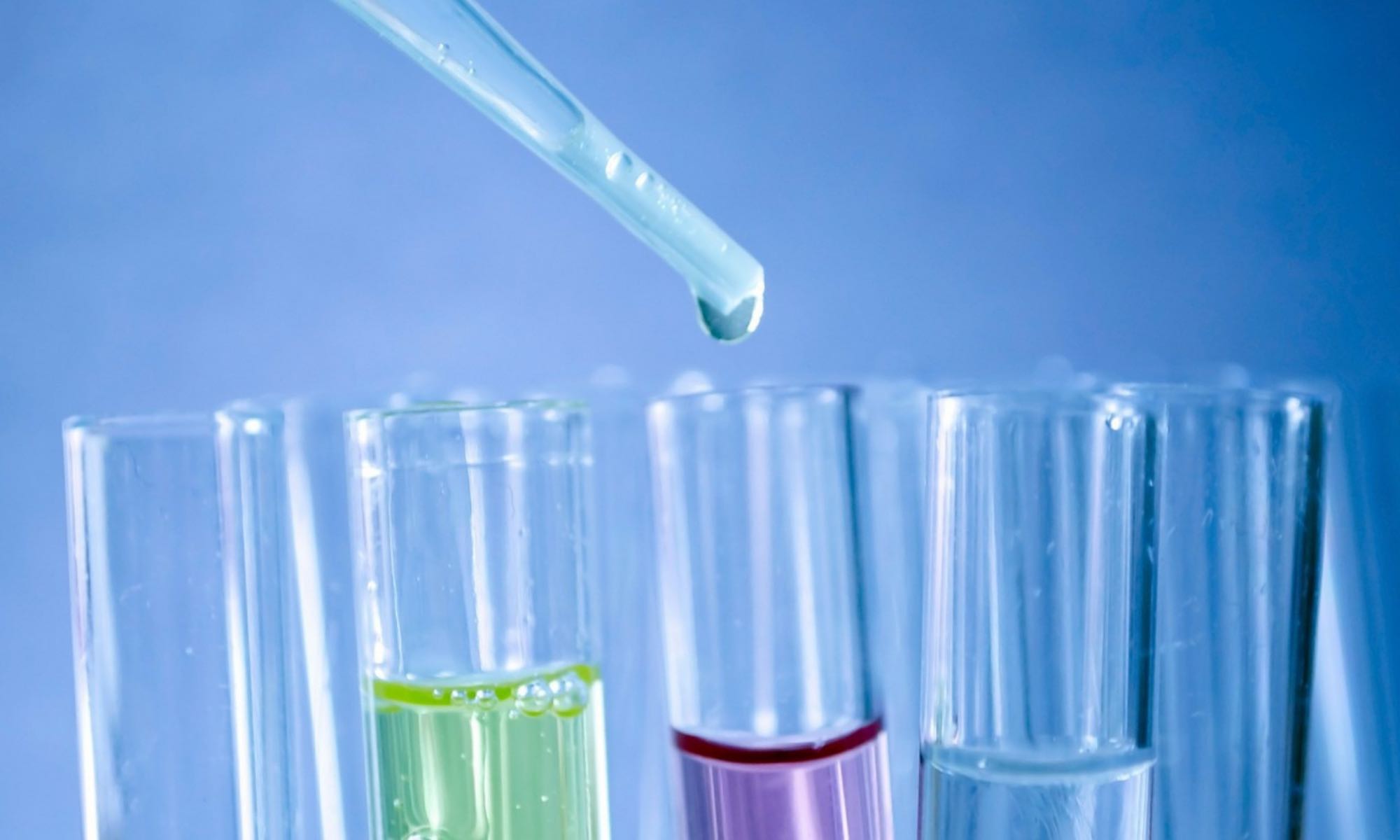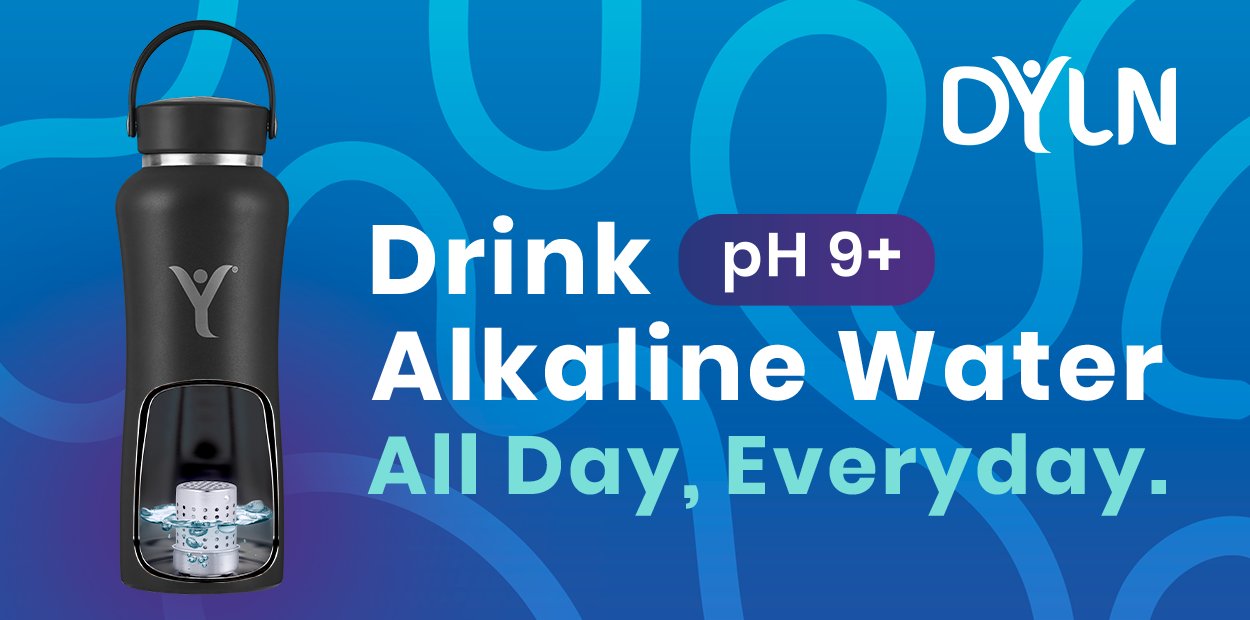What makes alkaline water different? Alkaline water has a higher pH than tap water. Generally, alkaline water has a pH of about 9, while tap water has a pH of 6.5 to 7.
In order to understand why alkaline water is a great choice for hydration, it’s important to grasp the the difference between acidic and alkaline substances.
You may recall learning about the pH scale back in grade school or you may have come across this terminology at some point in time. Let’s take a moment to refresh your memory on the concept.
The pH scale ranges from 0 to +14 and it’s used to measure the pH value of substances to indicate whether something is acidic, neutral, or alkaline. It goes from 0 (most acidic) to +14 (most alkaline).
However, it’s not just foods and beverages that have a pH level – your body does too. It’s ideal for your body’s pH to be slightly alkaline with a pH level of approximately 7.36. According to Healthline, optimal blood pH is between 7.35 and 7.45.
Consuming a diet that’s full of acidic foods can wreak havoc on your health. But here’s the thing – most of the foods that we tend to enjoy and love to eat are high in acidity.
Many health-conscious individuals are advocates of an alkaline lifestyle, which is based on making healthier food choices to maintain a balanced pH level. An alkaline lifestyle includes incorporating a plant-based diet and more alkaline foods into your lifestyle as well as swapping out regular drinking water for alkaline water.
Why drink alkaline water?
The molecules in alkaline water are smaller in size compared to regular drinking water, which means the molecules in alkaline water do a better job in hydrating the body.
How do You Test the pH of Water?
To determine the pH of water, you can administer an alkaline pH test. There are a number of ways to do so:
1. Electronic pH Meter
A calibrated pH test meter will give you the best results when it comes to testing the pH of water. However, constant calibration is necessary to get the most accurate results because alkaline water does come in a wide spectrum of pH.
Although electronic pH meters are probably one of the most accurate methods to administer an alkaline pH test, it does come with drawbacks. Specifically, an electronic pH meter is less user-friendly compared to the other methods that are available. The solutions that need to be used are relatively expensive, and it requires much care when handling them. It’s fairly easy for these solutions to go bad if they aren’t stored properly.
2. pH Test Drops
Using quality test drops is one of the most efficient methods to administer an alkaline pH test. For the best results, it’s incredibly important that you’re using the right ratio of pH test drops-to-water, and to make sure that you’re allowing enough time to go by for the water to alkalize properly.
The key is to use high-quality test drops because the quality of the drops that you use can affect the results of the test immensely.
3. pH Paper Test Strips (Not Recommended)
This method is not recommended because pH strips are not intended to be used to measure alkaline water. Instead, they’re designed to measure saliva and urine. Also, it’s fairly common for most people to assume that alkalinity and pH are the same thing, but it’s not!
The efficacy in using pH test strips lies in the interaction between the strips with the TDS in a solution – TDS stands for total dissolved solids. Since the DYLN Bottle does not add any TDS, these strips will give the same results when used on water before and after it is converted into alkaline water.
4. Pool Testing Kit (Not Recommended)
As you can tell by the name, a pool pH testing kit is intended to be used to test the pH level of pool water. Pool water contains chemicals such as chlorine, sodium bisulphate, and sodium carbonate, and its value usually ranges from 7.0 to 7.6. A pool testing kit will not give you reliable results when testing alkaline drinking water because you’re limited to a pH range of about 6.0 to 8.0.
Where to Get Alkaline Water
How do you get your hands on alkaline water? Like regular drinking water, you have the option to purchase bottled alkaline water at the market. But aside from bottled alkaline water, you can also invest in an alkaline water machine or an alkaline water bottle which gives you the power to create your own alkaline water. Getting yourself an alkaline water bottle is inarguably the most cost-effective and easy method to enjoy alkaline water at all times.
With the Insulated DYLN Bottle, you have the ability to convert regular drinking water into antioxidant, alkaline water either in the comfort of your own home or even when you’re on-the-go! Fill your DYLN Bottle up and let your bottle do all the work. In under 20 minutes, the VitaBead Diffuser will convert your drinking water into antioxidant, alkaline water!






